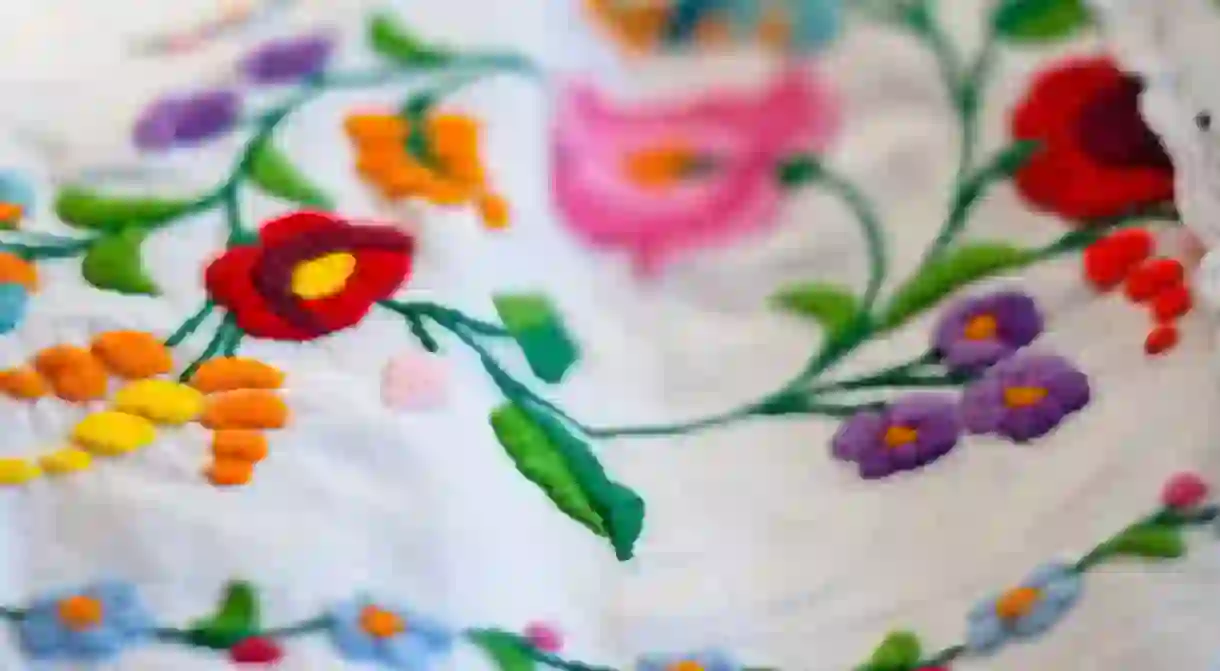Where to See Hungarian Folk Art

Hungarian folk art occupies an important space in the country’s culture: colourful embroidery, pottery, lace and more are displayed in museums, produced by local craftsmen and bought by visitors and locals to this day. Join us on a folk art tour of Hungary, as we take a look at where to see the best of this original art form.
Budapest
Budapest Festival of Folk Arts

The Museum of Applied Hungarian Folk Art
Museum
The Museum of Ethnography
Building, Museum

Around Hungary
Skanzen Open Air Museum
Museum
Creative Houses
The Association of Hungarian Folk Artists supports a number of creative houses across Hungary, in which local craftsmen work together to share their skills and knowledge in a community environment. There are often events and activities run by the various Creative Houses and while these are often in Hungarian, it’s a great opportunity to get an authentic experience of Hungarian folk art.
Sopron Festival Weeks
Bereg County
A drive through the northeastern Bereg region of Hungary allows visitors to stumble upon Hungarian folk art almost by accident: Churches adorned with traditional paintings are dotted throughout the area, while local craftsmen sell their wares in towns and villages along the way. The region is known for its preservation of tradition making it a great place to explore for anyone looking to see Hungarian folk art outside a museum. The small village of Tákos is a must: the Tákos Calvinist Church is notable for its painted ceiling and carved pulpit, while the Tákos Provincial House sells local crafts and delicacies. In the nearby village of Vásárosnamény, the Bereg Museum houses exhibitions focused on textiles, embroidery, pottery and painted eggs.
Hollókö
Museum














